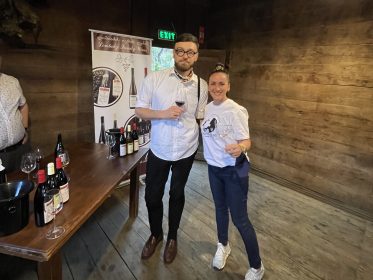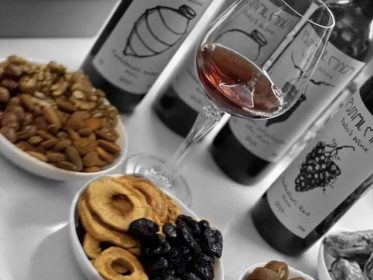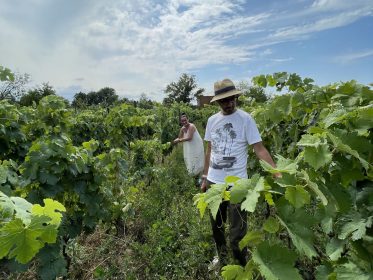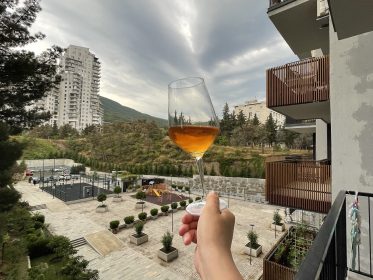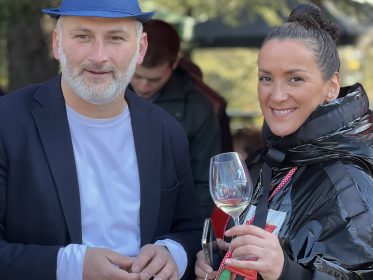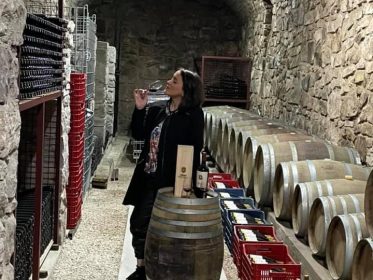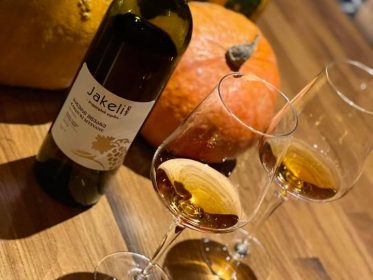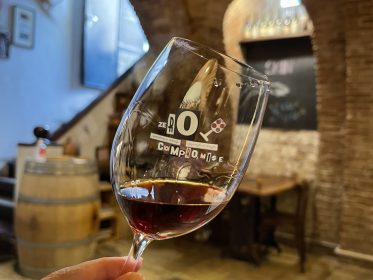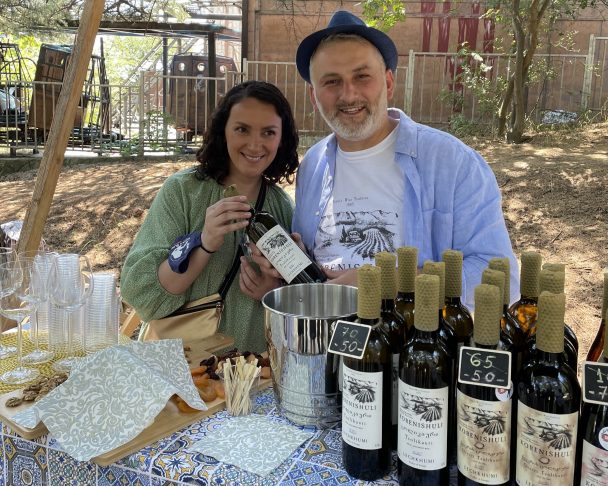Sofia Nikabadze: today in Georgia, there is an era of wine renaissance
Sofia Nikabadze is a wine blogger. She has been interested in Georgian wine making for 8 years. Wine is her passion and she travels a lot around Georgia to discover some interesting small family cellars and shares her experiences on her blog. Sofia’s great merit is that she helps Georgian wine-making to declare itself to the world and find its fans
Besides the fact that wine is her hobby, she is also a professional in this field. She graduated from the Wine School and Studio KabisToni “Wine Connoisseur” and the Georgian Wine Guild “Wine and Grape Origin Alcoholic Beverage Tasting”.
Referring to her words, today in Georgia, there is an era of wine renaissance: there are new wineries, the attitude towards Georgian wine is changing, more and more foreign experts, wine connoisseurs or consumers are interested in Georgian wine. All of this is thanks to the fact that Georgian wine finds its proper place in a big family of world wine.
The motherland of wine
The Georgian traditional method of Qvevri wine-making defines the lifestyle of local communities and forms an inseparable part of their cultural identity and inheritance. It was awarded the status of UNESCO’s Intangible Cultural Heritage in 2013.
The world’s first cultural vine is also located there. Scientists have confirmed that wild vines were first domesticated in Kvemo Kartli 8000 years ago and wine was made from cultivated vines. According to morphological and ampelographic features, it belongs to the grape variety Vitis Vinifera. This fact was confirmed by archeological excavations in the village of Imir dating back to the VI millennium BC.
It’s also worth noting that more than 500 Georgian varieties of cultivated vines have been described in Georgia: about 430 varieties are being preserved in the vineyards of state and private collections.
Kakhetian wine-making technology
As for Kakheti, it is the most important wine region in Georgia in quantitative, qualitative and even historic terms. Almost three-quarters of the country’s wine grapes are grown here, on land that has been used for viticulture for thousands of years. High-quality European and Kakhetian traditional wines are made from grapes grown in Kakheti.
The technology includes crushing grapes in a winepress and pouring the sweetness (brags) into a qvevri. After exhaustion, the full amount of chacha and clair is added to the sweetness of the grapes placed in the qvevri. After the end of alcoholic fermentation, the chacha begins to sink and the qvevri are closed, and after lactic acid fermentation, the qvevri are hermetically sealed.
There is 18 sort of local wine are producing in Kakheti: Tsinandali, Gurjaani, Vazisubani, Manavi, Kardenakhi, Tibaani, Kakheti, Kotekhi, Napareuli, Mukuzani, Teliani, Kindzmarauli, Akhasheni, Kvareli, Khashmi Saperavi, Akhmetis Mtsvane, Tsarafi, Akhoebi, Magranis Kisi.
Kakheti wine is distinguished by high extraction, high content of phenolic compounds and tannins, pleasant bouquet, varietal aroma and taste.

